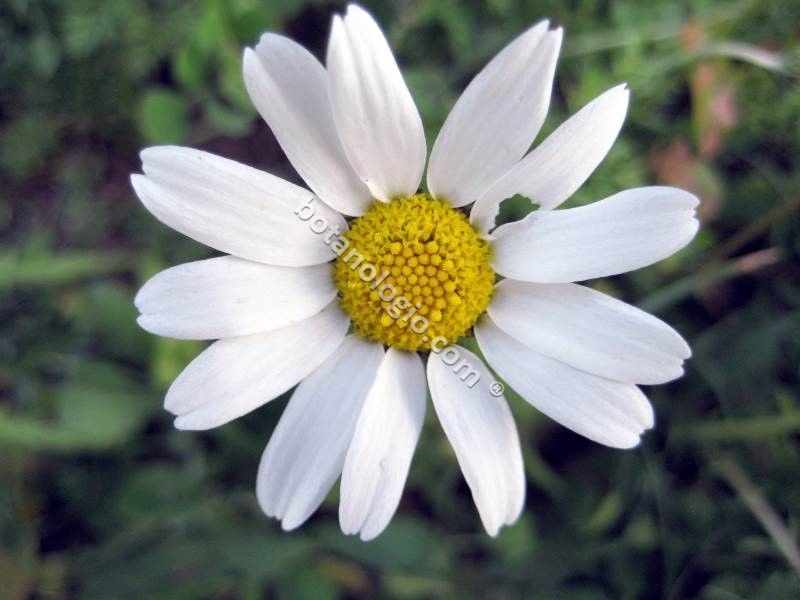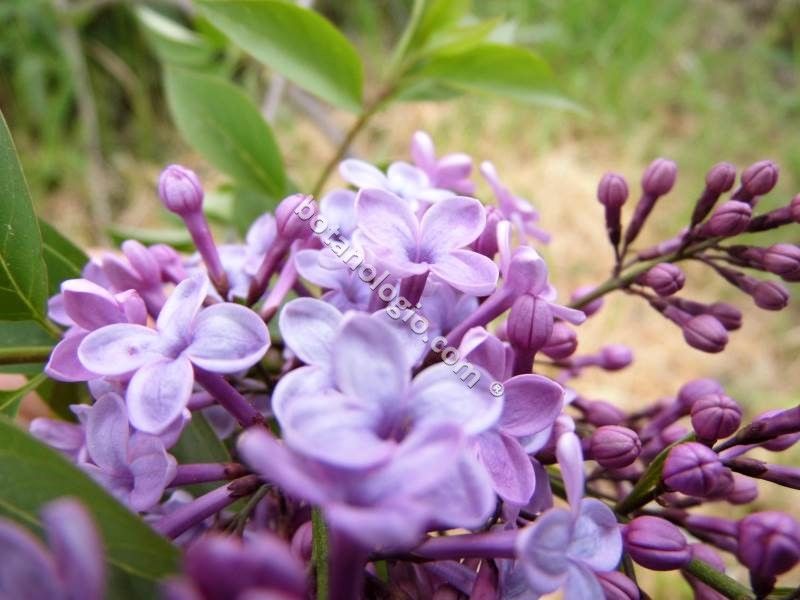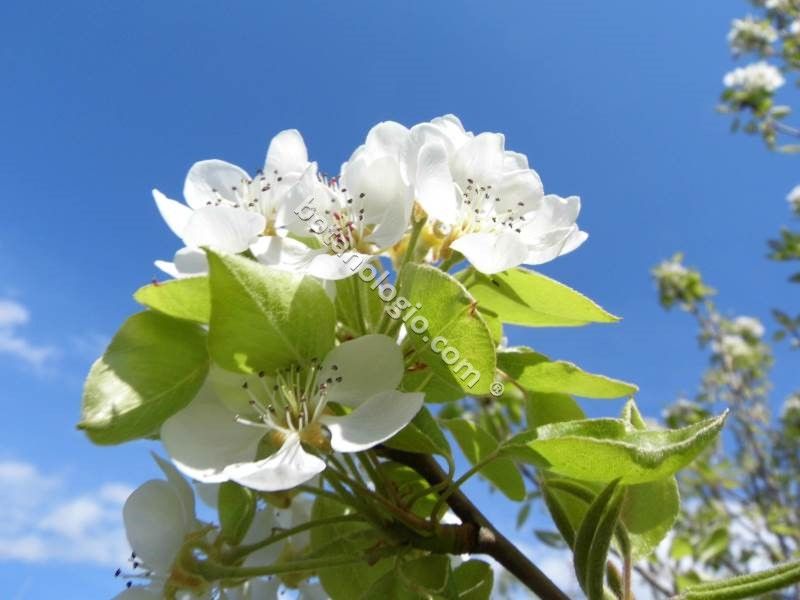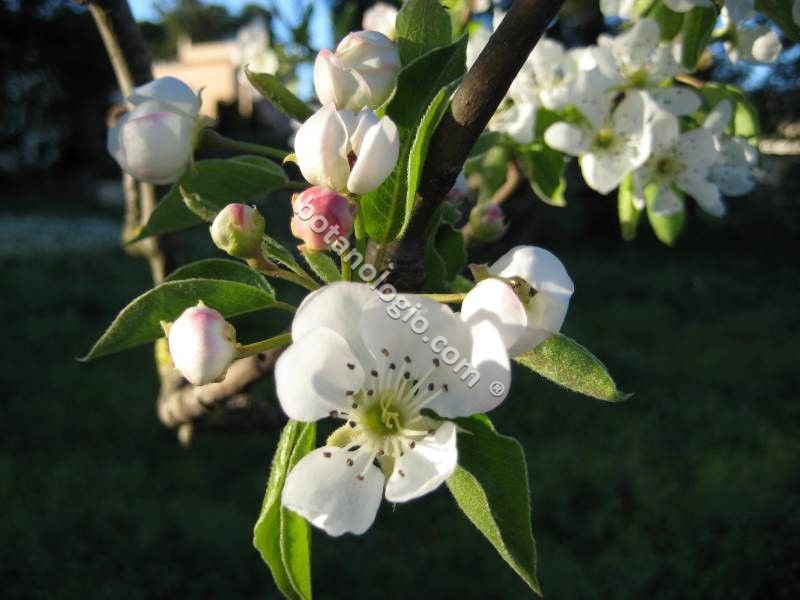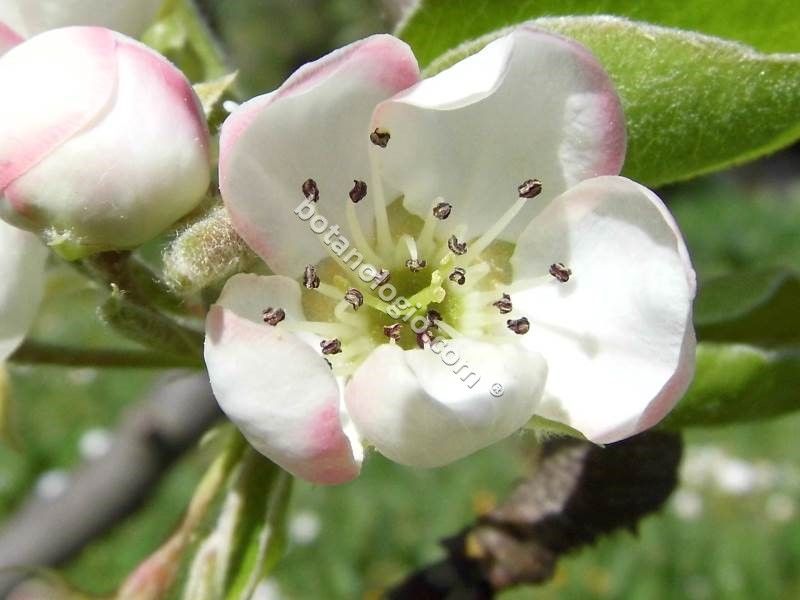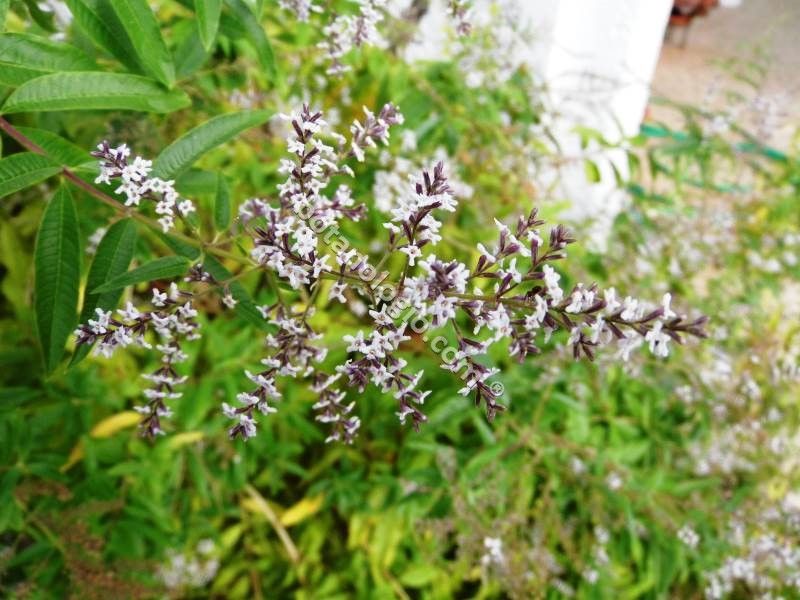Basil harvesting

Basil is an annual and herbaceous herb with green oval leaves and small white flowers blooming during the summer months. It is considered to be one of the most important herbs for culinary use but also for unlimited applications in therapeutic and cosmetic uses!
It is cultivated all over Europe and the Mediterranean countries and belongs to the family Lamiaceae. Its leaves are aromatic, with a particularly intense flavor. There are many species of basil, small leaf, broad-leaved, green, purple even black, giant leaf, and the list continues as it exceeds 60 species.
The basil is bitter and dry (although there is also a sweet basil). The parts of the basil that we need for culinary, therapeutic and cosmetic uses, are the leaves and the best season to collect, is before the flowering period. Basil is used both fresh and dried, depending on the season.
Fresh basil contains vitamins A, C, K, B9, Ω-3 & omega-6 fatty acids, calcium, iron, magnesium, phosphorus, potassium and manganese. It is important to mention that the amounts of vitamin K are high and important for our body. Dry basil, provides the same vitamins, minerals and trace minerals, in a smaller quantity, of course, except for the manganese that is lost during drying.
Learn more about the healing properties of basil and the cosmetic uses of basil!
basil, basil harvesting, basil nutrition facts, basil species, culinary herbs, greek herbs, trace minerals, vitamins
